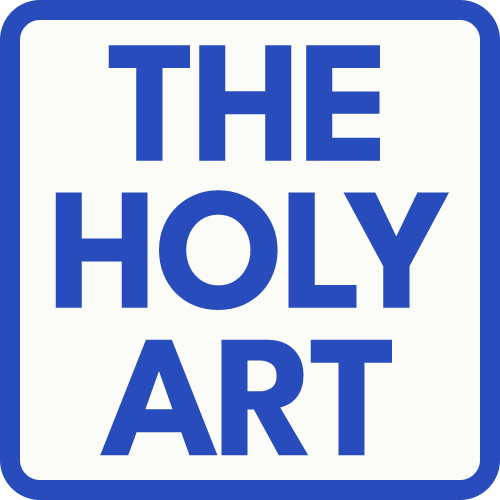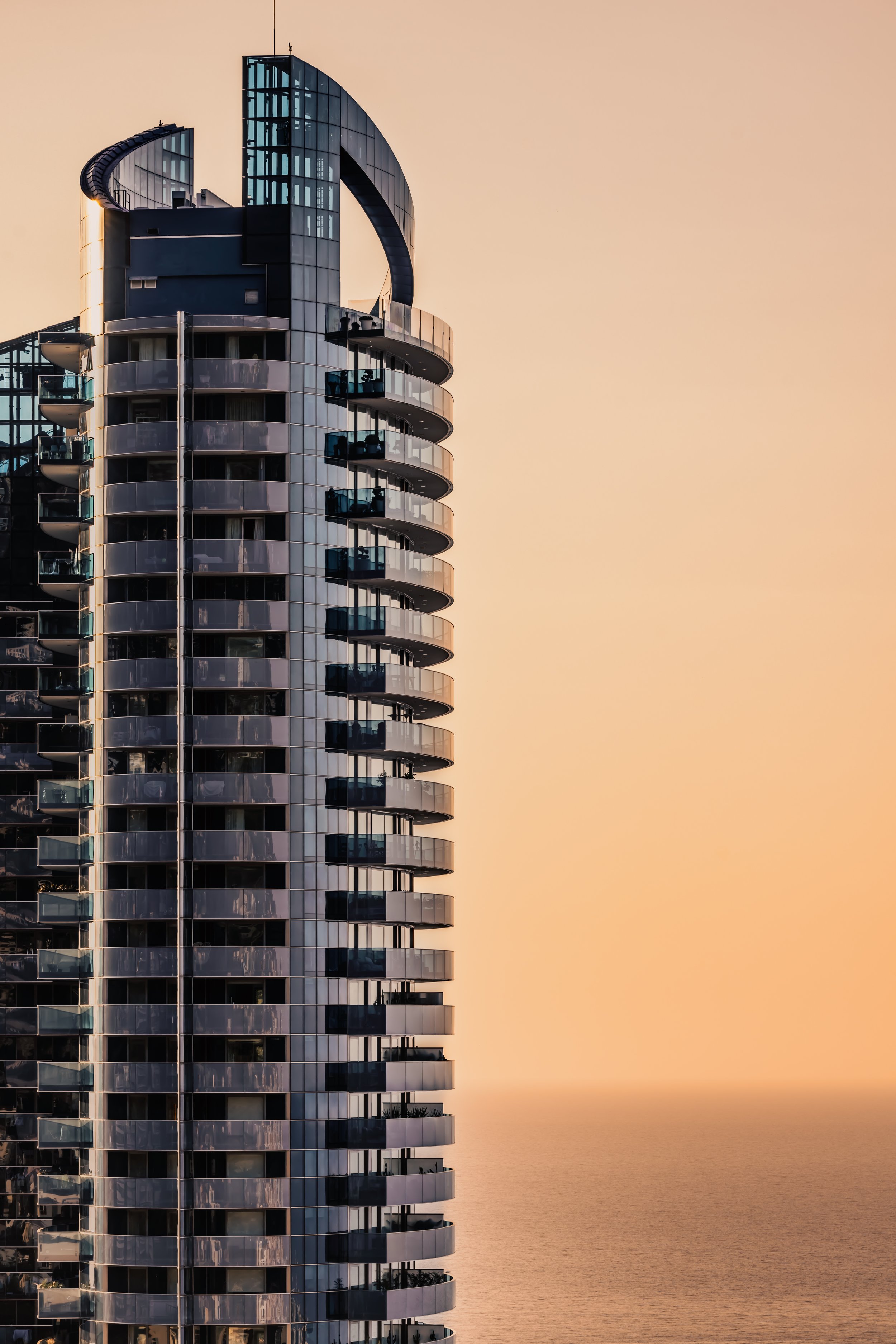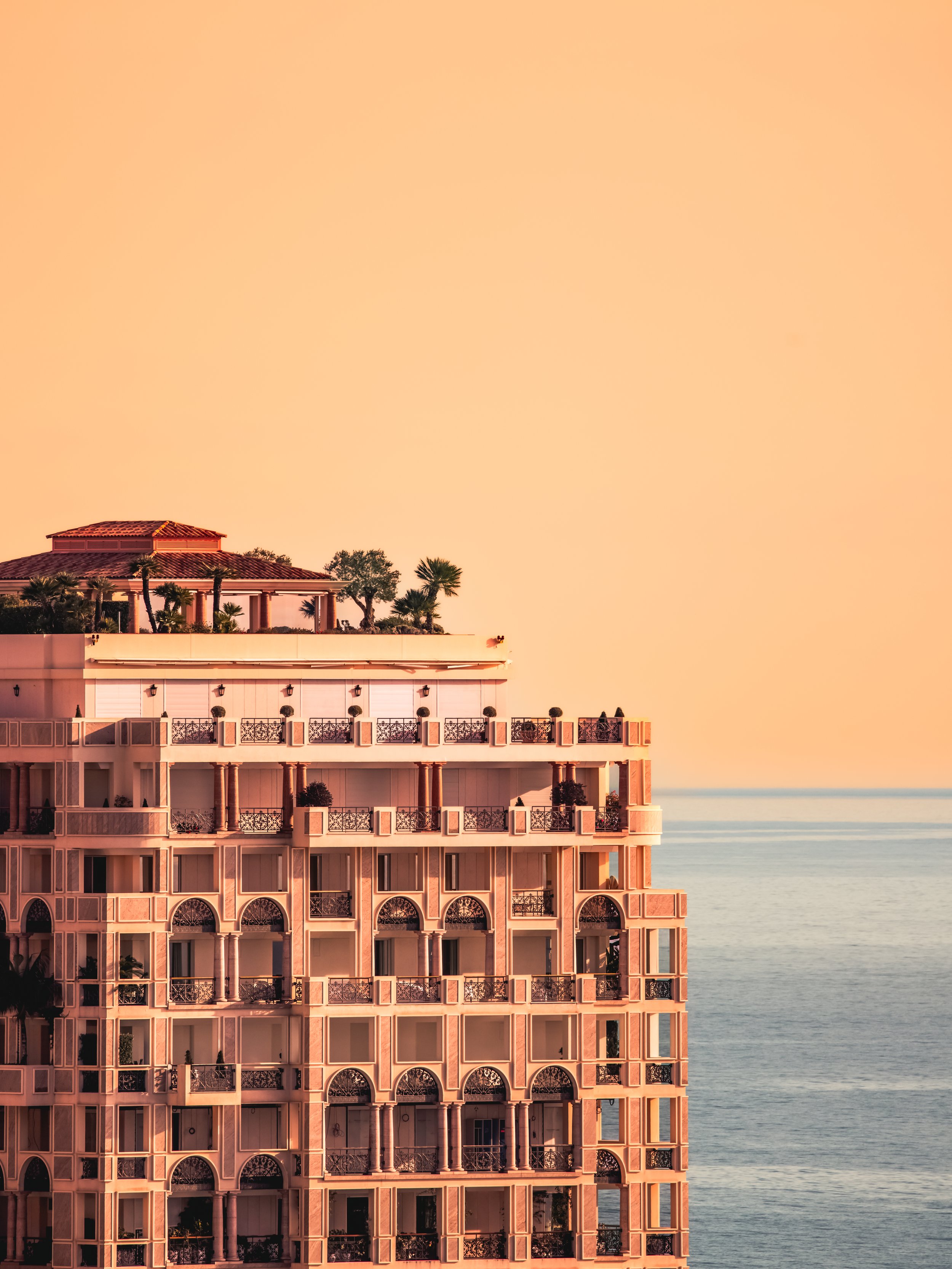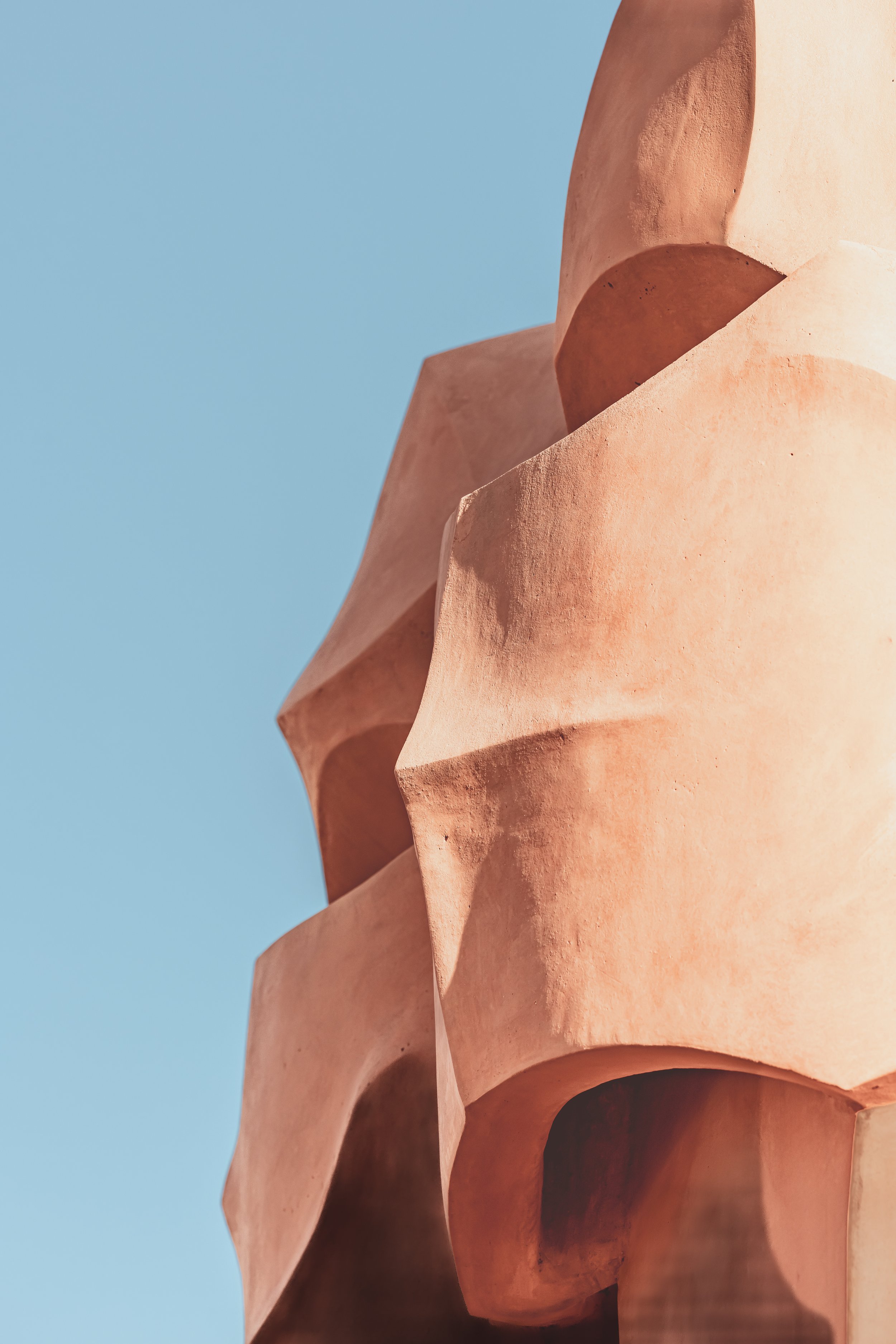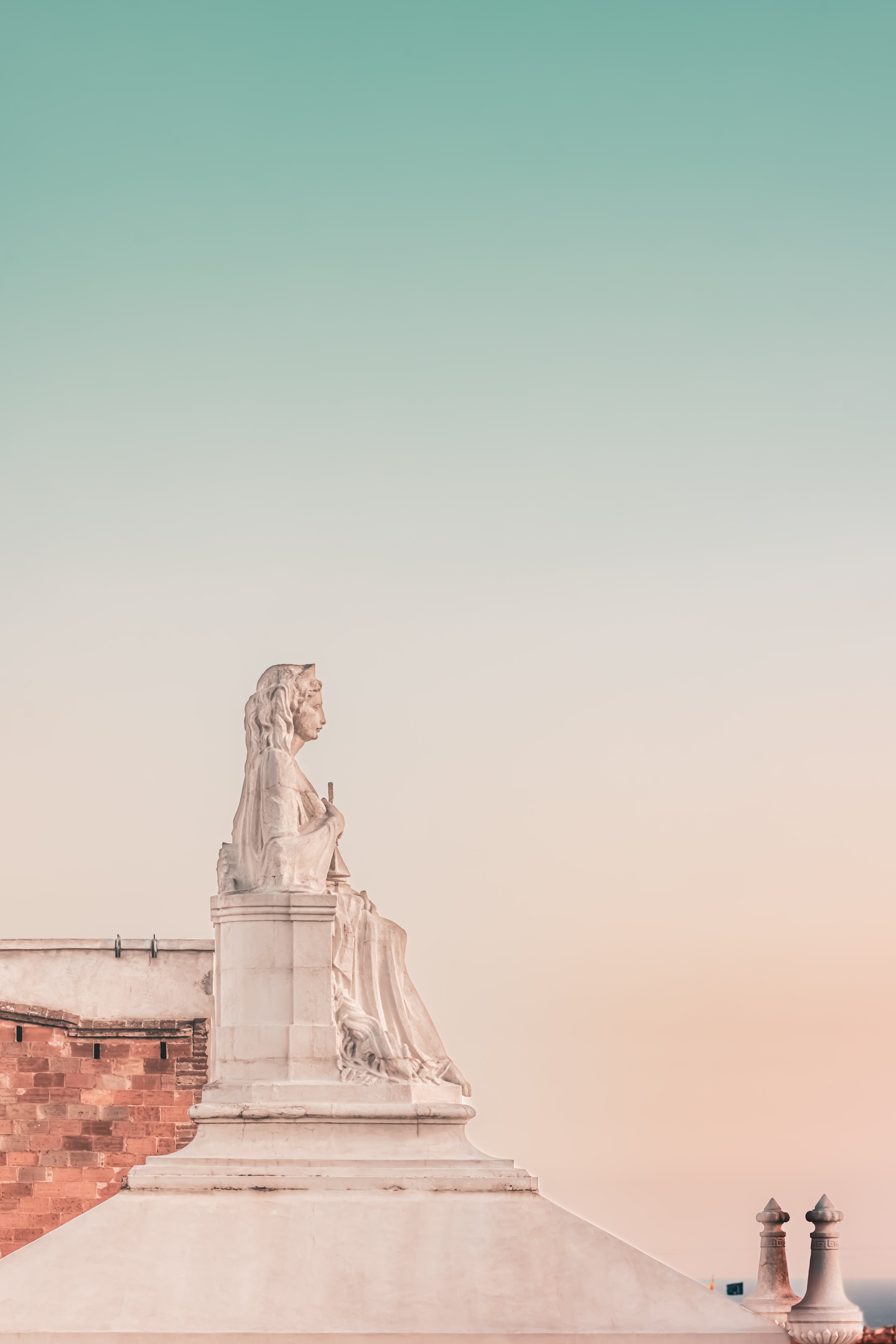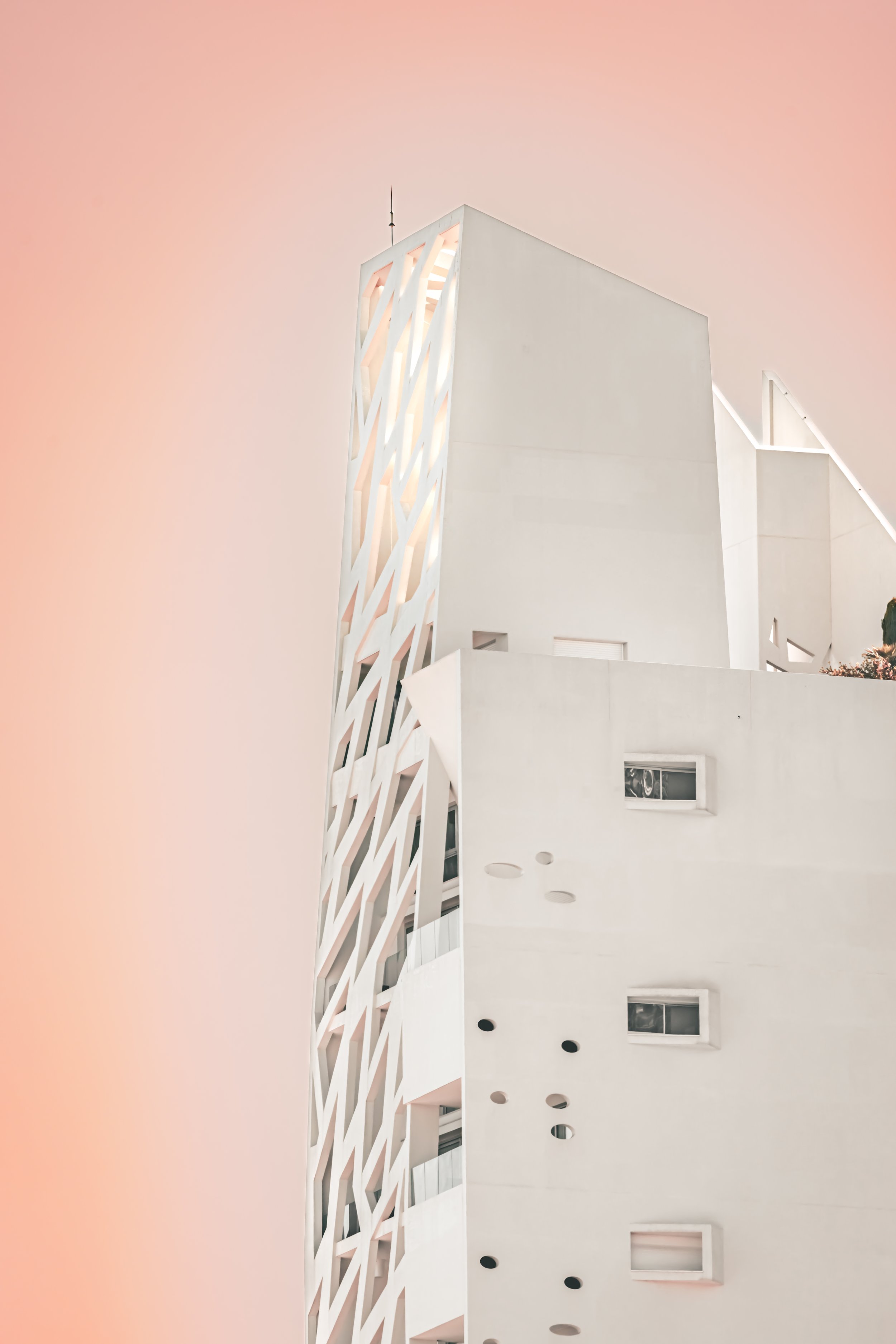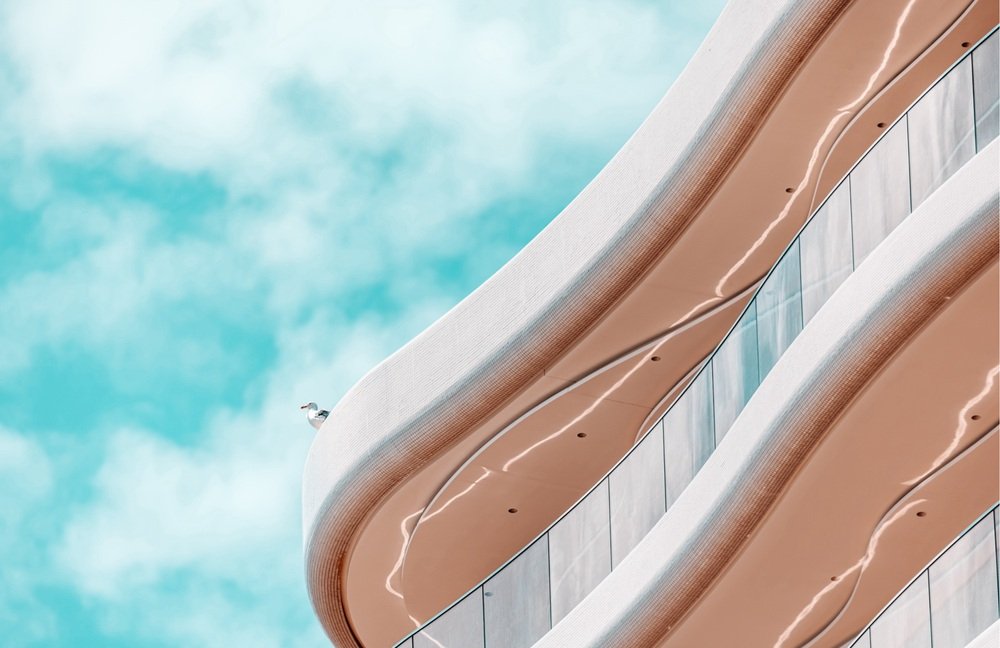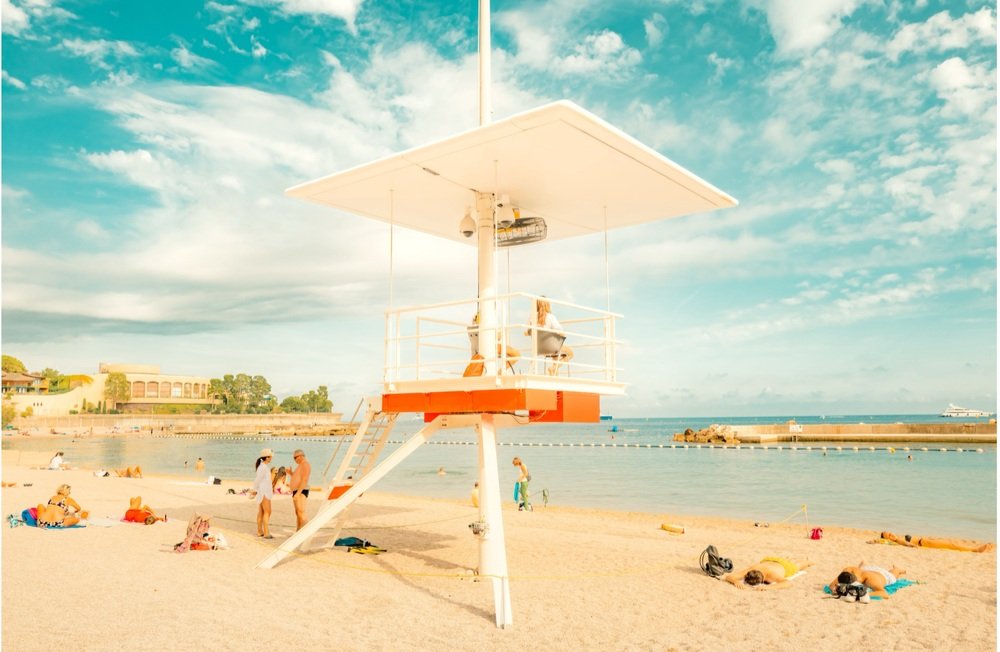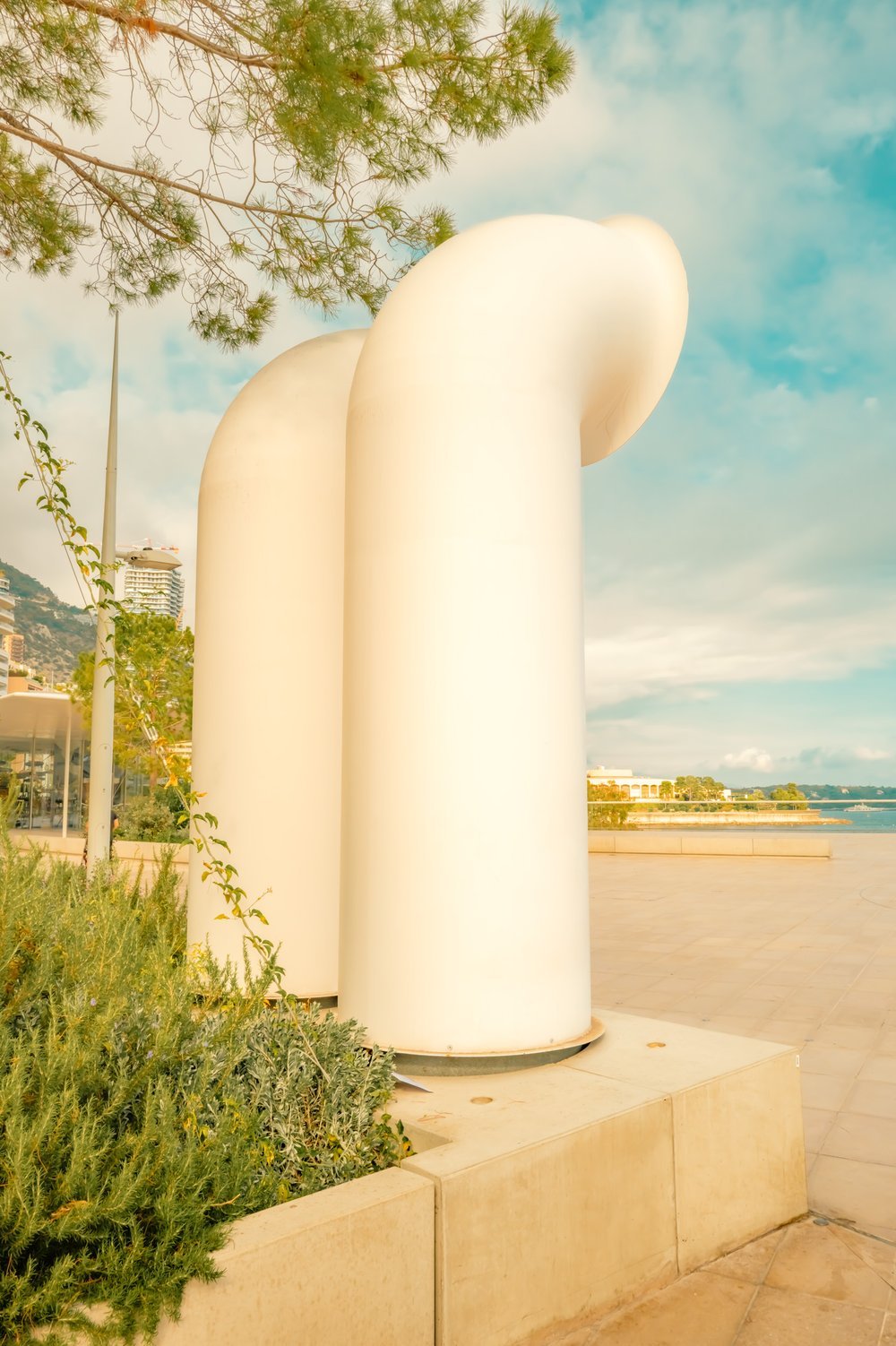Artist in conversation: Daniel Smith
London-born photographer Daniel Smith, born in 1988, finds solace in the escapism of fairytale Hollywood endings, which influences his artistic vision. His work is a highly stylized and idealistic portrayal of everyday moments captured free-hand to encapsulate perfect instants within a single frame. Drawing inspiration from minimalist painters like Rothko and the ambiance of old-fashioned movies and stage performances, Daniel's creations exude a dream-like quality. He skillfully juxtaposes painted-like pastel hues with sharp digital clarity, creating an ethereal serenity in his photographs. Natural light plays a significant role in his compositions, accompanied by a deliberate lack of staging, blurring the boundaries between painting and photography without the use of photoshop or AI alterations.
While some of his pieces delve into darker themes such as mental health struggles and addiction, Daniel's overarching aim is to infuse each artwork with the possibility of a happy resolution. By offering viewers a moment to indulge in rose-tinted daydreams, he invites them to contemplate a life seen through a lens of optimism and hope.
Along with his wife Sophie he created The Smith Visual, a hub for creators of beautiful artworks and objects. Each piece at The Smith Visual is either limited edition or entirely one-off, resonating with the essence of Provence, a region cherished deeply by the creators.
What initially inspired you to become an artist, and how did you develop your unique style?
Photography initially started for me as a hobby that I used to take my mind off of cravings when I was first getting sober. From there, things just spiralled really and, as with all good hobbies, I become entirely consumed and spent all my spare moments learning and experimenting.
I feel like, as artists, we are all continuously honing our unique style, but my style is very inspired by the art I was exposed to in my childhood and the idea of happy days. It took some trial and error to find my particular colour niche, but I like to use pastels and surrealism to paint a picture of a happy ending. (Or at least I try)
In terms of subject matter, what themes or motifs do you frequently explore in your work, and what draws you to these topics?
I have struggled in the past (if only it were all exclusively past) with addiction and mental health issues. I feel like a broken record here, but a lot of my work is inspired by recovery and I often use the themes of addiction and sobriety in my pieces. Also, it sounds stupidly soppy, but my wife is kind of my muse, a lot of my addiction stories are secretly about her.
How do you navigate the balance between self-destruction and re-creation as a way towards conscious Happiness?
I am, as you may have guessed, amazingly talented at self-destruction. If there is something good somewhere, I am there, ready to destroy it. I actually am not so great at the re-creation part, I’m still learning there.
Can you discuss a specific piece or project that challenged you as an artist, and how you overcame those challenges
My most recent collection, What Would Grace Do ? was physically and logistically very difficult to shoot. It was all shot during the height of summer in Monte Carlo and navigating the heat, the 80% humidity, the enourmous amount of tourists and the fact that everywhere is so crowded with buildings, cranes, and everything else all crammed into a 2.2 km2 principality, finding the negative space that I always like to incproate into my photos and evoking a sense of calm and serenity, was not at all easy. Ironically, Monaco is my calm place so trying to balance all this chaos was interesting as an artist.
I basically, just worked really, really, hard. I woke up at 4am for sunrise shots, I hauled heavy camera equipments up steep hills, once I even climbed over a crash barrier on a motorway exit just to get a shot. Was it worth it? Only time will tell but sometimes, succeeding is just about grinding.
How do you stay connected with other artists and keep up with new developments and trends in the art world.
Like most people these days, social media has been my friend. I also like to do group shows where I can meet other artists I may not otherwise have come across in life. I also like to go to a lot of different art exhibitions and galleries in order to see what’s out there.
How do you incorporate feedback from critics and audiences into your artistic practice, and how do you balance this feedback with your own artistic intuition.
One of the most nerve-wrecking parts of showing works is the fear of viewer’s reactions. The idea can be absolutely terrifying. I always make a point to listen to what anyone has to say about my work, and I often do end up taking on board people’s suggestions but sometimes, in the moment, you just KNOW that that particular suggestion is not for you and when you get that reaction inside of you, you just have to hold onto it and remember that your art is an extension of you.
How do you stay motivated and inspired despite any setbacks or creative blocks you may encounter?
I have learnt to just roll with my creative blocks. When there is no inspiration, I take random photos of random things with no actual plan. I know these photos will go nowhere and that’s ok. Not everything has to be productive all the time.
How do you feel about exhibiting your artworks with The Holy Art Gallery?
I feel excited of course ! It’s always fun to exhibit and an exhibition where strangers will see my work is always a sobering confirmation of whether the pieces actually were as artistically successful as I thought. I’m stoked.
Looking ahead, what are your long-term goals and aspirations as an artist, and how do you plan to achieve them?
I’m going to shoot until I die. If anyone wants the resulting photos is a whole other matter.
